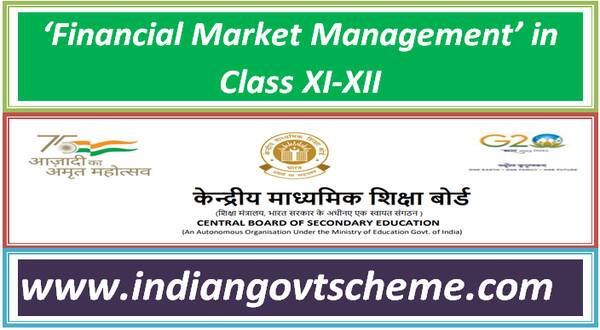RAJYA SABHA
Smart Class System in KVs and JNVs
181 SHRI RAJENDRA GEHLOT
Will the Minister of Education be pleased to state:
(a) the details of ‘Smart Class System Scheme’ in Kendriya Vidyalayas (KVs) and Jawahar Navodaya Vidyalayas (JNVs);
(b) the number of classes for which this system has been set up under the said scheme, in the State of Rajasthan; and
(c) whether Government proposes to set up smart class system in all the classrooms, if so, the details of the target set for this purpose, if not, the reasons therefor?
(SHRI DHARMENDRA PRADHAN)
(a) to (c) A statement is laid on the Table of the House.
STATEMENT REFERRED TO IN REPLY TO PARTS (a) TO (c) OF THE RAJYA SABHA STARRED QUESTION NO. 181 RAISED BY SHRI RAJENDRA GEHLOT, HON’BLE MEMBER OF PARLIAMENT TO BE ANSWERED ON 5TH AUGUST 2021 REGARDING SMART CLASS SYSTEM IN KVs AND JNVs.
(a) Given the emergence of digital technologies and the emerging importance of leveraging technology for teaching–learning at all levels from school to higher education as provided in the National Education Policy 2020, Government accords high priority to promotion of smart classrooms in schools all over the country including Kendriya Vidyalayas and Jawahar Navodaya Vidyalayas, for which the Government is making continuous effort. Smart classrooms is an important ICT component under Samagra Shiksha, the integrated flagship scheme of the Department of School Education and Literacy. In the Kendriya Vidyalayas and Navodaya Vidyalayas , Smart class systems (e-classrooms) facilities have been set up in the form of desktop / Tablet based system, Interactive board displays, etc. At present, 11780 e- Classrooms have been set up in KVs. There are 1173 e-Classrooms and 825 smart computer labs with smart class provisions in JNVs.
(b) There are 628 e-classrooms in 50 KVs and 62 e-classrooms & 55 smart computer labs with smart class provisions in 35 JNVs in the State of Rajasthan.
Setting up of smart class system is a continuous process which depends upon various factors such as opening of new schools, addition of higher classes, availability of funds, availability of Internet connectivity, etc.
